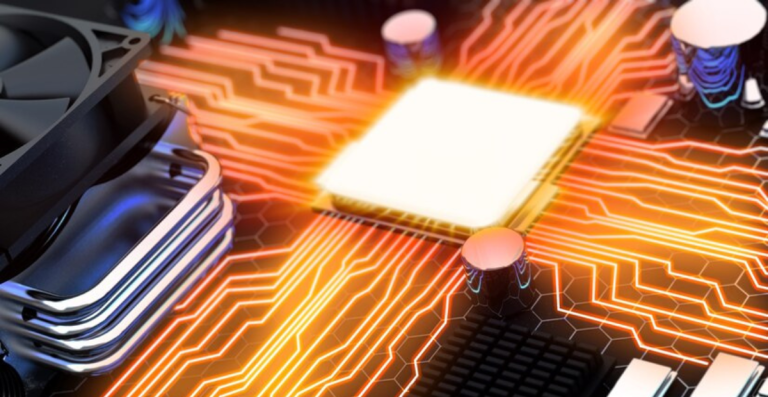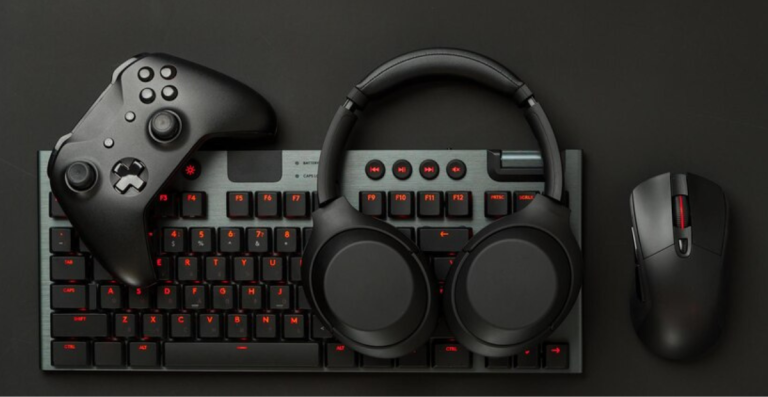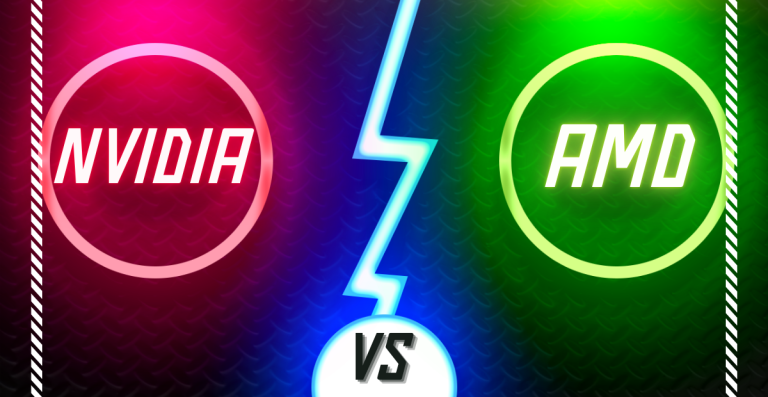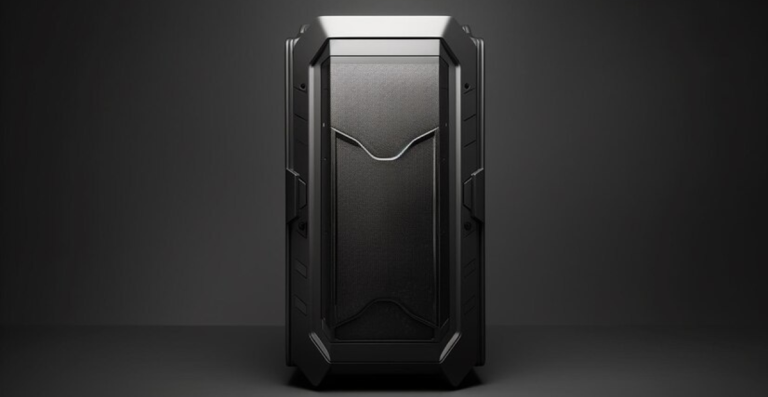DDR5 vs DDR4: Does the New RAM Standard an Improvement?
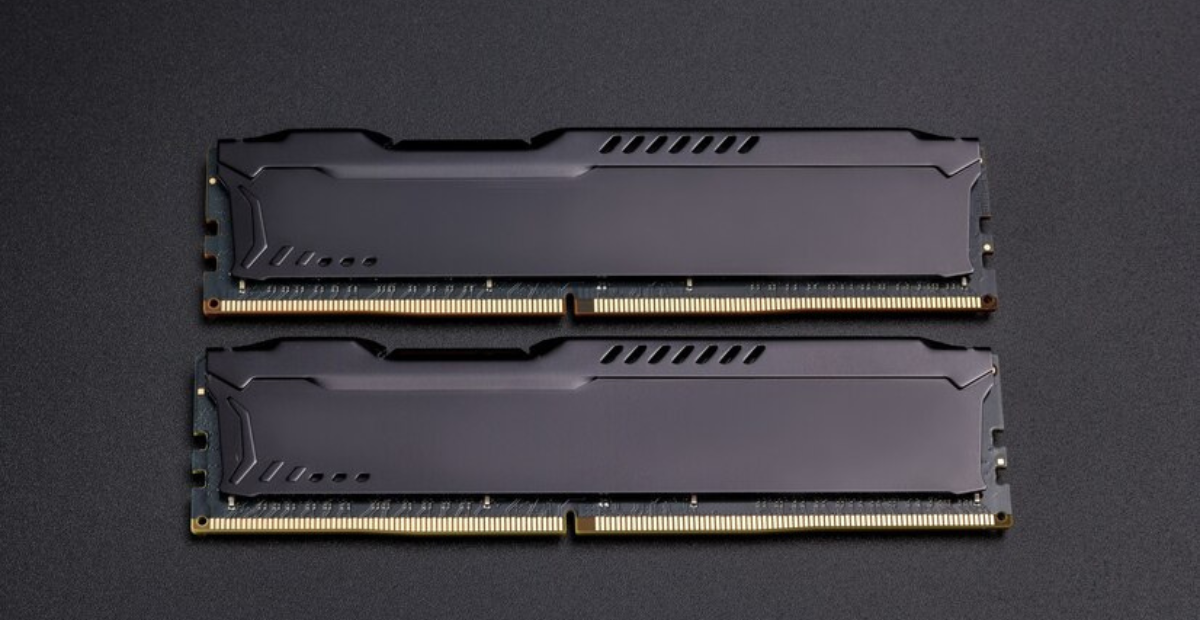
With DDR4 being the standard for a while, the advancement of RAM technology has had a big impact on how we use computers. However, DDR5 has arrived, bringing with it enhancements in speed, capacity, and power efficiency. DDR5 promises to revolutionize performance for gamers, video editors, and other demanding tasks. It is crucial to comprehend how DDR5 compares to DDR4 and whether the upgrade is worthwhile for your particular requirements.
Comparisons Between DDR5 and DDR4 RAM
Examining the distinctions between DDR5 and DDR4 in several important areas is essential when assessing RAM for your system. DDR5 seeks to provide an improved experience over its predecessor in terms of speed, power efficiency, and overall performance.
Speed and Performance
- Initial Data Transfer Rates: DDR5 boasts initial data transfer rates that significantly outperform DDR4, with speeds reaching up to 8400+ MT/s compared to DDR4’s 3200 MT/s.
- Theoretical Bandwidth Increase: The theoretical bandwidth of DDR5 surpasses DDR4 by 50% or more, promising a more responsive and efficient system.
- Real-World Performance Variations: While the numbers look great on paper, the real-world impact of DDR5 will depend on your specific use cases, particularly in memory-intensive applications.
Memory Capacity
- Higher Density Per Chip: DDR5 allows for higher memory densities, meaning each chip can hold more data than its DDR4 counterpart.
- Potential for Larger Individual Modules: With DDR5, you can install up to 128GB per module, a significant leap from DDR4’s 32GB limit, making it ideal for workstations and high-performance systems.
Power Efficiency
- Lower Operating Voltage: DDR5 operates at a lower voltage (1.1V) compared to DDR4 (1.2V), contributing to improved power efficiency.
- Reduced Power Consumption and Heat: Thanks to the reduced voltage, DDR5 consumes less power, generating less heat, which is beneficial for laptops and other portable devices.
- Integrated Power Management (PMIC): DDR5 introduces on-module power management, helping to improve power delivery and efficiency.
Channel Architecture
- Dual 32-bit Sub-Channels: DDR5 introduces dual 32-bit sub-channels per DIMM, improving data handling and reducing latency.
- Impact on Memory Controller Bandwidth: This change allows for more efficient memory controller bandwidth management, leading to better overall performance.
Bandwidth
- Significant Increase Over DDR4: DDR5 offers at least 50% more bandwidth than DDR4, providing a substantial boost for data-intensive tasks like gaming and 3D rendering.
- Importance for Data-Intensive Applications: Higher bandwidth is particularly beneficial for tasks that require large amounts of memory to be processed quickly, such as video editing and scientific computing.
Is It Worth Upgrading to DDR5?
There are many benefits to upgrading to DDR5, but how you use your computer will determine whether it is worth it. DDR5 can offer a discernible boost for specific tasks and user types. Others, though, might not think the upgrade is worth the expense. Let us examine the main justifications for switching to DDR5.
Better Results on Memory-Intensive Tasks
DDR5 can significantly improve performance for professionals handling large files. When working with complex tasks and demanding software, data scientists, 3D renderers, and video editors will experience faster processing times. Faster results and more efficient workflows are made possible by DDR5’s higher bandwidth and faster transfer rates.
Advantages for Experts
Professional applications that need a lot of memory, like CAD software or large-scale data analysis, can be greatly impacted by the performance boost provided by DDR5. Large files can be loaded and processed more quickly with DDR5, which boosts output.
Quicker Handling of Big Files
DDR5 makes sure that big files are handled more effectively, whether you are working with high-resolution video files or doing data-intensive calculations. Shorter wait times and quicker project completion are the results of this speed.
Enhanced Ability to Multitask
DDR5 is excellent at handling several apps at once. When running multiple memory-intensive applications at once, its sophisticated architecture enables more seamless operation. When balancing multiple tasks, such as gaming, streaming, or using demanding software, this translates into less lag and improved performance.
Improved Performance with Several Demanding Applications
The dual-channel architecture and increased bandwidth of DDR5 make multitasking much more effective. Running demanding apps side by side will result in less system bottlenecks and more seamless task transitions.
Made with the Future in Mind
DDR5 was created with the future in mind, not just as a modern upgrade. DDR5 will be a long-term investment for anyone hoping to keep their system ahead of the curve because it can easily handle new workloads as software gets more resource-intensive.
Compatibility with Chipsets and Newer CPUs
A compatible motherboard and CPU are required to fully benefit from DDR5. However, after these parts are updated, your system will be ready to handle demanding applications and new technologies in the future.
Making Your System Future-Proof
Your system will remain relevant for a longer period of time thanks to DDR5. Your PC will be ready for future software developments and the growing demands of next-generation apps and games if you invest in this technology now.
What should I Consider Before Upgrading my RAM to the DDR5 Version?
Thinking about DDR5? It’s a tempting upgrade, but before you jump in, there are a few things to consider. Let’s break it down into the key factors that will impact your decision
Is the Premium Price of DDR5 Worth It?
- Greater Cost: Compared to DDR4, DDR5 is frequently two to three times more expensive for the same capacity.
- Is the Investment Worth It? The high price may not be worth the upgrade if you do not work on demanding tasks like 3D rendering or video editing. The majority of tasks can still be handled effectively by DDR4.
Cost vs. Gains in Performance
- General Use: DDR4 still provides good performance for routine tasks like office work, browsing, and light gaming.
- Where DDR5 excels: DDR5 provides a discernible performance boost when working with memory-intensive applications (such as multitasking, video editing, or large data sets).
Prices Will Go Down, But Should You Hold Off?
- Short-Term vs. Long-Term: Due to its state-of-the-art nature, DDR5 is currently costly. However, as it becomes more widespread, prices will eventually decrease.
- Is the Wait Worth It? Delaying an upgrade could save you money later if you are not in a rush.
Is DDR5 Ready for Your System?
Make sure your computer can even support DDR5 before upgrading. RAM swapping is not enough; your motherboard and CPU must work together.
Motherboard Compatibility Is Crucial
- Examine your board: A particular motherboard is needed for DDR5. It is likely that an older one will not support DDR5.
- Not Just a Swap: A DDR5-capable motherboard is required, which could result in additional costs.
You may also require a new CPU
- CPU Compatibility: Your CPU must be able to handle DDR5, even if your motherboard supports it. You will not get the full benefits of DDR5 on older processors.
- Upgrade Costs: Prepare for another upgrade if your CPU is incompatible.
Will the Difference Really Be Noticed by You?
Let us be honest. DDR5 is not necessary for everyone. The difference between DDR4 and DDR5 may not be noticeable if you are performing simple tasks.
- Daily Use: Not Much of an Improvement
- General Tasks: DDR4 is more than sufficient for light gaming, streaming, and even casual browsing.
- No Significant Change: Unless you are multitasking a lot or running more demanding programs, you will not notice much of a performance difference.
Will DDR5 Really Make Your Gaming Experience Better?
The effects of DDR5 on gaming are less obvious. The CPU and GPU, not the RAM, will provide the largest performance improvements.
- Minimal Effect on Most Games: Since most games depend on GPU power, switching to DDR5 will not significantly alter how you play them.
- Helpful for Multitaskers: If you’re running several applications while gaming, DDR5 can help keep things running smoothly, but for most users, DDR4 is sufficient.
What Kind of Users Will Benefit From Installing DDR5 RAM?
Every DDR5 is not necessary for everyone, it can have a significant impact on the appropriate user. DDR5 has some genuine benefits, whether you are building a top-tier setup or seeking more efficient workflows, but only if you use it appropriately.
For Experts in Data Analysis, 3D Rendering, and Video Editing
DDR5 has a significant impact when it comes to heavy workloads. You will notice a difference if your day consists of cleaning up 4K timelines, exporting large video projects, rendering intricate 3D models, or processing enormous datasets.
Long processing times are reduced, and your tools react more quickly with faster bandwidth and lower latency. This kind of speed is not only a benefit but also a need for professionals who are working under pressure.
For Moderate Users and Sporadic Gamers
DDR5 is not necessary if your normal usage consists of browsing, streaming, light gaming, and some multitasking. With DDR4, you will get fantastic results and hardly notice any changes. However, DDR5 becomes a more desirable choice if you intend to keep your system for a few more years and want a little future-proofing. While it will not completely transform your daily tasks, it can subtly increase responsiveness as software demands rise over time.
High-end PC builders and enthusiasts
DDR5 is a perfect fit for people who are constantly looking for the newest and fastest. It is designed for state-of-the-art configurations that combine top-tier CPUs and GPUs with cutting-edge capabilities.
DDR5 is great if you like benchmarking, overclocking, or simply want to extract as much speed as possible from your computer. Owning the next-generation standard and having the system to support it is more important than performance alone.
Final Thoughts: So, Should I Upgrade My PC to DDR5?
Depending on your setup and needs, you may want to upgrade to DDR5. DDR5 is a wise choice if you are developing a brand-new, high-end system or dealing with demanding tasks like rendering or handling large amounts of data. It provides future-proofing, increased efficiency, and faster speeds.
Sticking with DDR4 could save you money without compromising performance if your current PC manages your daily tasks and games just fine. Although DDR5 is impressive, not everyone needs it. Before making the switch, think about your workload, your budget, and whether other parts also need to be upgraded.

